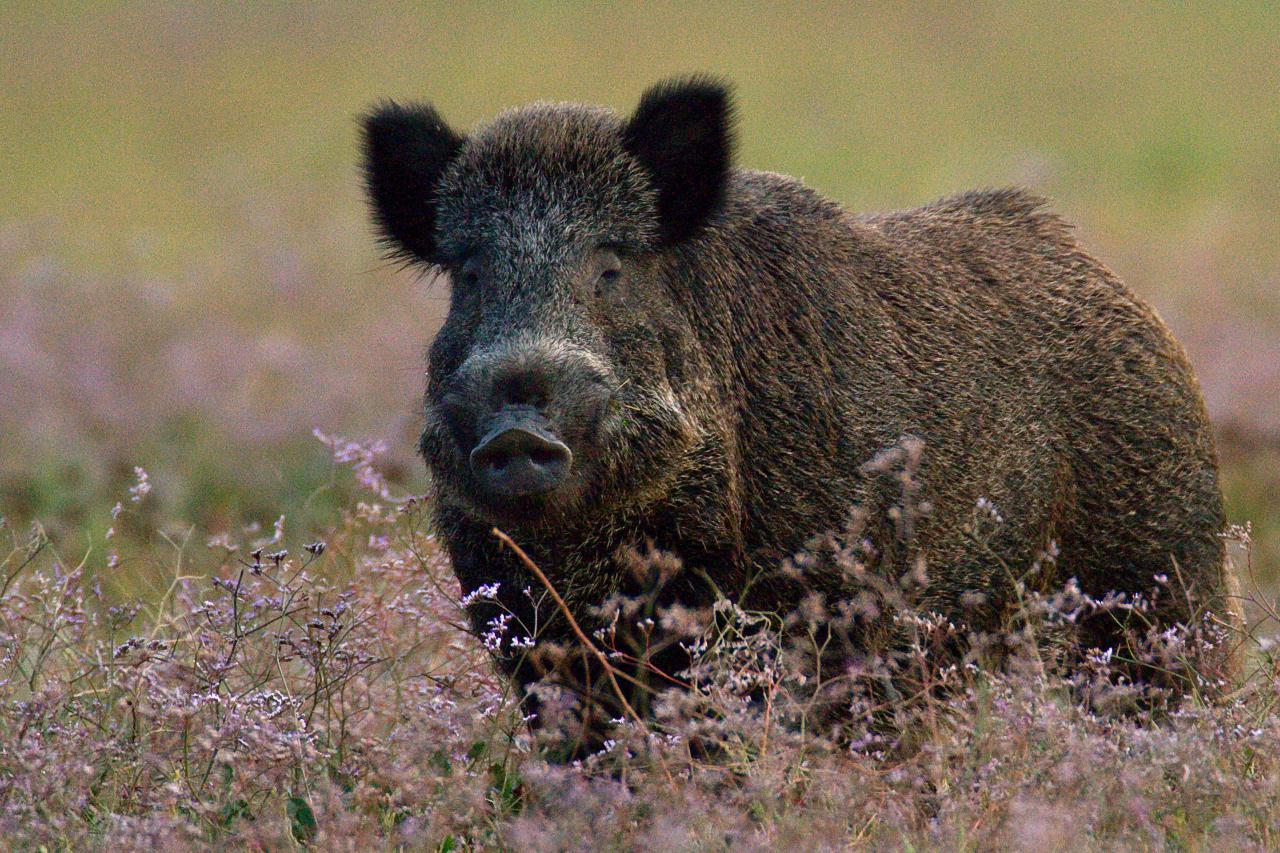
THE BOAR MAREMMANO
Known for his tenacity, for its strength and, simultaneously, for its quality meat, the Maremma's boar has always been considered one of the most sought after prey and a fierce opponent in hunting big game. Despite the awkward appearance it is very quick in the race and an agile swimmer, It equipped with very sensitive hearing and smell. He has dark hair and shaggy, the body is solid and square, with extraordinary strength and endurance. A unique feature is the head that is considerably larger and massive than the body and the elongated snout. The suitable notched a power omnivorous can shred plant foods (grass, roots, tubers, fruits, grains, is particularly fond of acorns) but also the defibration of the meat (also it feeds on invertebrates, small mammals and sometimes even animal carcasses larger). The peculiarities of the teeth of wild boar are the lower canines, the fangs. Perhaps they represent its most famous feature, most feared and never recovered from the imaginary collective. These teeth are in continuous growth, but in the female they remain small, whereas in males grow to protrude curved upwards conspicuously outside of the mouth, overhanging snout menacingly. Typical of the boar is the habit of rooting in the soil by digging in search of food, but the tusks are not just for this, they are also effective means of defense. Another habit of the wild boar is the 'insoglio': a bath of water and mud useful for cooling off during the summer and to get rid of parasites. Its thick skin and hard is useful to protect it from insects as well as also from the cold, from possible injury and even bitten by a viper. The Maremma's boar lives over 10 years, it is small in size and not very prolific (rarely more than three puppies in the litter), puppies are born after a gestation period of about four months, the females live in herds, sometimes numerous, compounds, as well as by females, from small and young males. Inside the pack order it is dictated by complex hierarchical relationships, and the young are raised and defended by all sows. The adult males, instead, live alone and rejoin the herd only during the mating period, which it is typically between October and January.
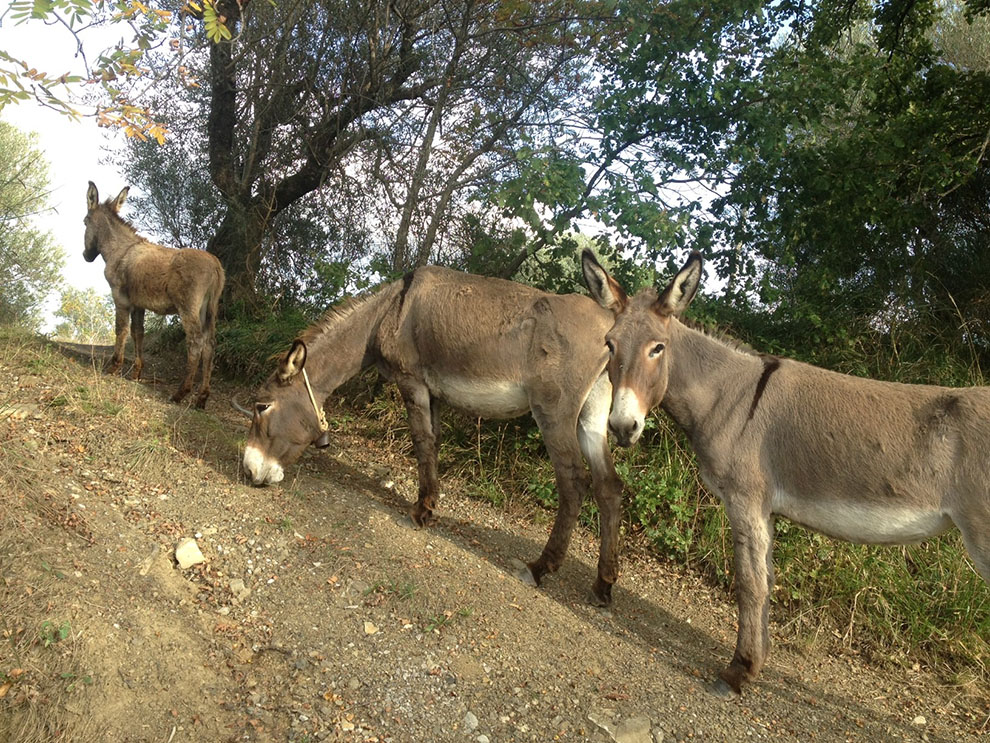
THE DONKEY AMIATINUS
The Amiata is a very old breed of donkey, native to Africa, it evolved in Tuscany, especially on Mount Amiata. Amiatinus donkeys were also depicted by Giotto in the Cappella degli Scrovegni di Padova. Today the species, despite the recovery and the registry office of many selected specimens and autochthonous, it is endangered. The Amiata is an ancient breed; in the area of Monte Amiata that gives it its name was used as a beast of burden, shooting but also as a mount; in fact, ass since ancient times was used as animal transport of things and people most of the horse, for its strength and its agility even in hilly areas and its docility. The Amiata has unique morphological characteristics. The gray coat has the typical black cross coming down from the withers until the shoulder. Its body is lean and muscular, erect ears and dark-rimmed, from the end face bleached, sloping croup and thick neck. The limbs are zebra and, as in other species of ungulates typical of mountain areas, They are short and strong. The female has a withers height between 119 and 142 cm, while the male between 123 and 147 cm. In captivity it can live 40 years.
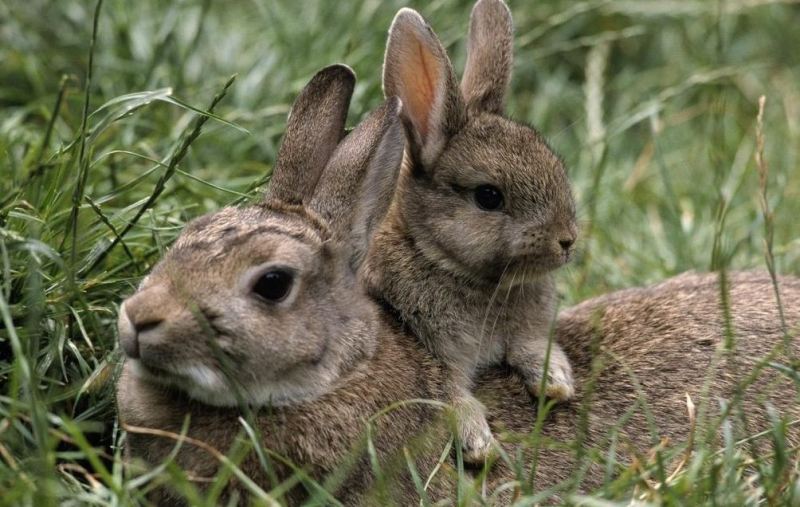
THE HARE
It is an animal shaped rather slender, with hind legs longer than the front, particularities that, along with the powerful rear end, it gives the speed and skill of a great runner and jumper. The nose is characterized by two large yellow eyes and long whiskers white. The eyes are placed on either side of the head and this position allows the animal to have a wide field of view, although its view is modest. The sense of hearing is to be particularly developed: the mobility of large ear allows him to perceive and locate even small noises. The hair has a tawny color that ranges from yellow-brown to gray-brown on the back, while the belly is always white-grayish. The gigantic ears (they are about 15 cm long) they have a black tip, while the tail is white bow with a black plume to end. On the head are missing features that abound instead graying black on the back, while around the eyes is a brown circle. In winter, the color of the hair tends to be closer to gray shades. The hare is an animal from the crepuscular and nocturnal habits; but it can be observed even in the daytime, albeit quite rarely and in places little disturbed or in very cloudy days. Unlike rabbits, the hare does not dig deep burrows, but it takes refuge in natural caves or holes in the surface of the ground, maximum depth of about twenty centimeters. In these holes the animal crouches blending perfectly into the surrounding soil, thanks to its highly camouflage cloak. It is an animal very shy and cautious: when, thanks to its highly developed senses, he becomes aware of a potential danger, not run away immediately (threatening to draw attention to himself), but it tends to freeze their movements and to remain perfectly still in order to blend in with its surroundings. But if any enemy gets too close, with a quick leap (up to 1.5 m in height and 2.5 m in length) the animal then goes out and starts to escape, which often occurs towards zigzagging to confuse the attacker. During the run, the animal can reach 60 mph.
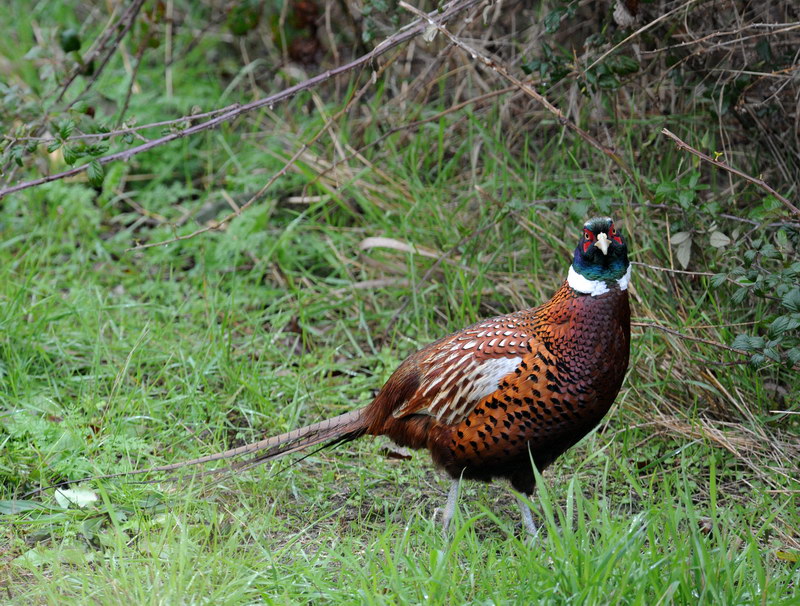
THE PHEASANT
It is a bird of medium-large size: length of the male 70-80 cm, of the female 60 cm; weight up to 1800-1900 g. Its dimensions are therefore comparable to those of a domestic chicken. A feature common to almost all males are the head and the neck are dark green iridescent, the area around the eyes and cheeks bare, with wattles hanging, and the two "horns" earphones like ears, projecting horizontally on the back of the head. The plumage of the rest of the body generally combines various color tones, by shining yellow ocher to brown-copper, often with Hemmings and shades black on each pen, that conferring characteristic designs; the rump, depending on the group they belong to, it can be blue-gray or brown. The wing coverts and flight feathers are gray-striped ground or Isabella of brown-black; the helmsman, of which the plants are greatly elongated and terminating at tip, are golden brown with black bars cross. The Plumage of the female, similarly to many other species of Fasianini, It is very mimetic and consists of a ground-based gray uniform with strikethrough and brown and blackish streaks; a plumage of this type is essential during hatching. The tail of females is also shorter by about a third compared to that of males. The Common Pheasant has shown, however, a strong environmental adaptability and flexibility, colonizing diverse environments in all places where it has been introduced, from the river valleys, to the cultivated fields, up to urban parks and gardens of several Italian cities. This bird is still very close, especially in areas where it was introduced, to man to crops, and the presence of trees or shrubs to appeal night. Most of the diet of the Ring-necked Pheasant consists of seeds of grasses spontaneous or cultivated and, to a lesser extent, and other plant material. Fruits like tomatoes and corn kernels immature are consumed in the summer to make good with the juice and latex to water shortages, rather than as food. Occasionally, the Pheasants can supplement their diet capture insects and other invertebrates. The song of the male consists of two high notes and scratch, with the accent on the first syllable, longest, issued straightening your torso and neck and followed by a brief flutter of wings. It can be heard on more than 1 km away. Both sexes, if disturbed, it fledge loudly emitting a loud and constant chatter.
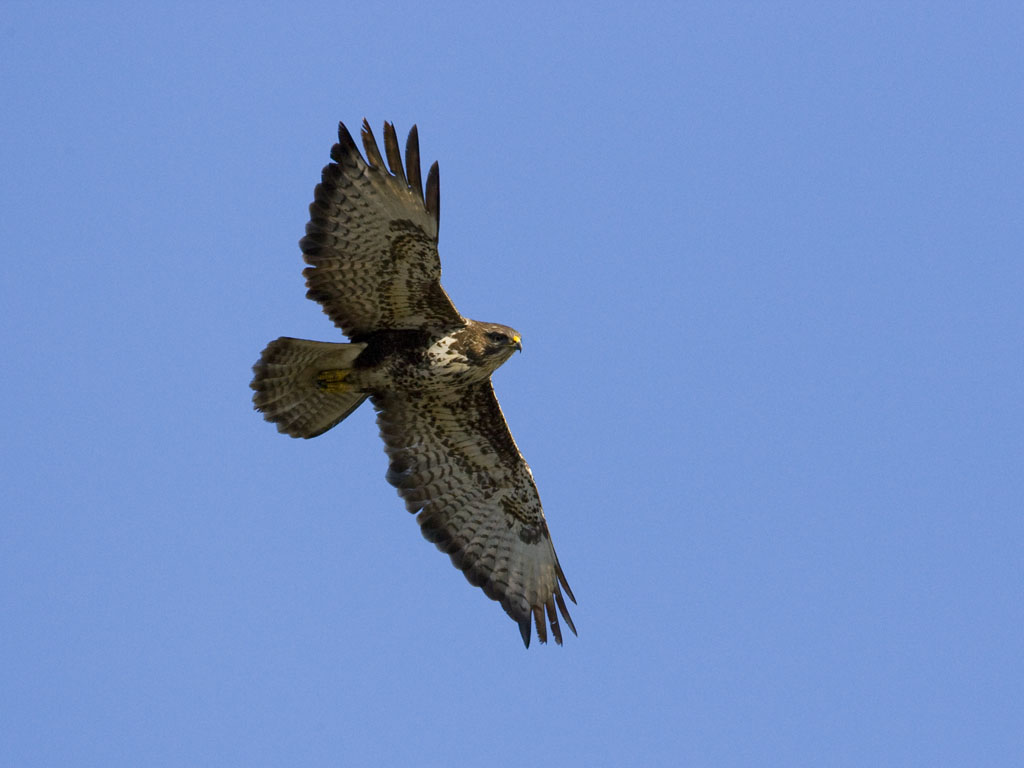
THE BUZZARD
Is a prey bird that live in areas not particularly cold. He prefers the woods, but usually hunt in open areas. It has a length between 51 and 57 cm with a wingspan between 110 and 130 cm, making it a medium-sized predator. It is a prey bird of compact forms with large, rounded wings and a tail rather short. The color is dark brown on top and bottom very variable; usually the bottom surface of the wings is brown with slightly crossed in blackish dark spot on your wrist and bright area shaded in the middle, while the tail has many thin dark bars. In flight the head appears sunk between his shoulders and wings are held slightly raised (front profile shaped like a "V"). Staid looks squat with his head encased between the shoulders. He eats mainly small mammals and sometimes carrion. The buzzard builds only one nest in the trees and on rocks isolated. The female usually lays two or three eggs in the nest between March and May. The eggs are white with gray or brown speckles. The hatching usually lasts 34 days, and alternate both males and females. The young remain in the nest for the next 40-50 days.
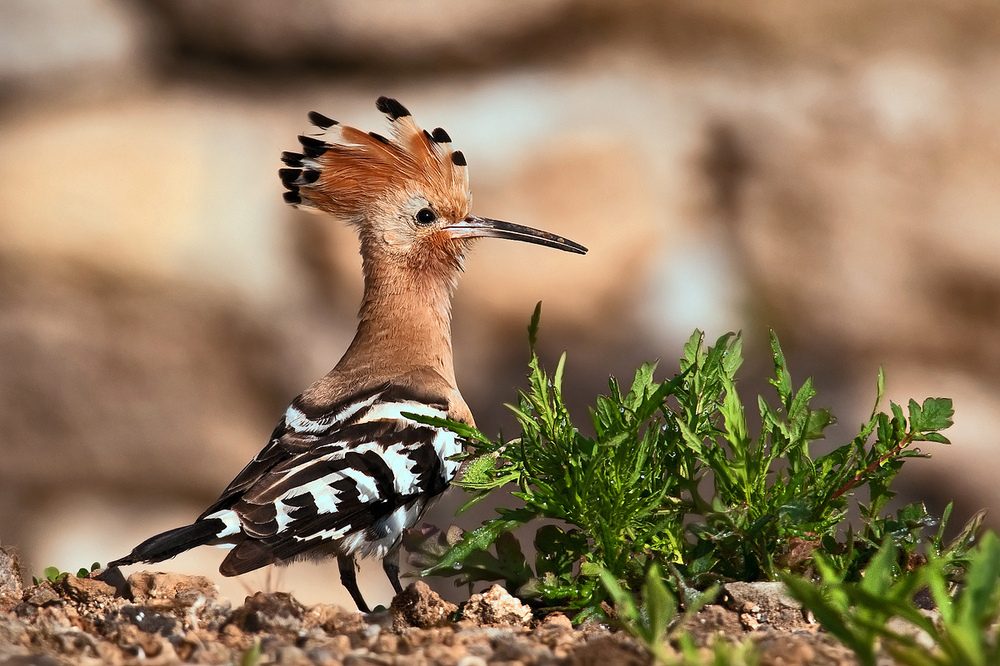
THE HOOPOE
The name of this bird comes from onomatopoeia Latin verse that especially males are usually issued during the breeding season, and it sounds like a gloomy hup-hup-hup trisillabico. The hoopoe is definitely one of the birds most striking common in our latitudes: the coloring very heated, red-orange with wings and tail in black and white bands, the long beak slightly curved and erectile crest on the head are unique among birds from our own, although it is quite difficult to spot a hoopoe because of its secretive habits and his predilection for rural and sparsely populated. The appearance is very characteristic. The hoopoe has a very long spout (two to three times the skull, depending on the subspecies) and slightly curved downwards, wider at the base, dark brown or black with flesh-colored base: the head is topped by a tuft of feathers dysfunction. The wings are stubby and rounded form, the largest proportion in the subspecies that are used to migrate: the tail is long and narrow. The legs are rather stocky and strong, flesh-gray colored, they are equipped with four fingers, three revolts front and one facing the back: each finger has a nail slightly curved. The eyes are rather small, dark brown or black color, with round pupil. The plumage is also unmistakable, of brown-orange uniform over the whole body, with a tendency to fade and brighten in the pectoral region and ventral to become white on the lower abdomen, legs and under tail: tuft of feathers cephalic are black tip, while the distal half of the wings and tail are black with white horizontal bands, the number and thickness vary individually and depending on the subspecies. The tone of the plumage also varies individually depending on the diet from brownish-gray to rusty brown, but it is usually characteristic for the various populations and is an important tool to locate the subspecies it belongs to the animal. Females have similar plumage to males, not mentioned about the presence of a mask darker color around the eyes and beak. The hoopoe is a bird predominantly diurnal, that has its peak of activity in the afternoon: he spends most of his time moving on the ground in search of food.
In the case of step of a predator (such as a prey bird), the hoopoe is flattened to the ground by opening its wings and tail and keeping them low on the ground, and at the same time raising his head up: this posture, placing well in shows white stripes and black wings and tail, it would serve to break up the outline of the animal and confuse predators. However, we were observed numerous upupe get in this position for no apparent reason to danger, so you are likely to believe that it has even (if not only) the function of exposing the largest area possible to the animal's body to sunlight, allowing them to make real sunbathing. Often the hoopoe can be observed even take baths of sand or dust, ruffling the feathers and helping their beaks at the edges of dirt roads: these are designed to get rid of any parasites that can infest the pens. The flight is very distinctive, because thanks to the stubby wings deeply enter the animal beats at regular intervals, it shall follow sinusoidal paths, in a way similar to a large butterfly. The shape of the wings, however, permits the animal to fulfill the sudden swerving and also repeated in rapid succession, rid easily of any pursuers. Power hoopoe is based almost exclusively on insects: they are preferred crickets, mole cricket, beetles, caterpillars and larvae of various species, as well as ants, grasshoppers and nymphs. More rarely, these animals also feed on other invertebrates such as earthworms, mollusks and spiders. The animal does not mind occasionally to supplement their diet with small vertebrates (mainly newborn lizards and small amphibians) eggs and even nestlings of birds that nest on the ground, or with material of plant origin, such as berries and less frequently also grains.
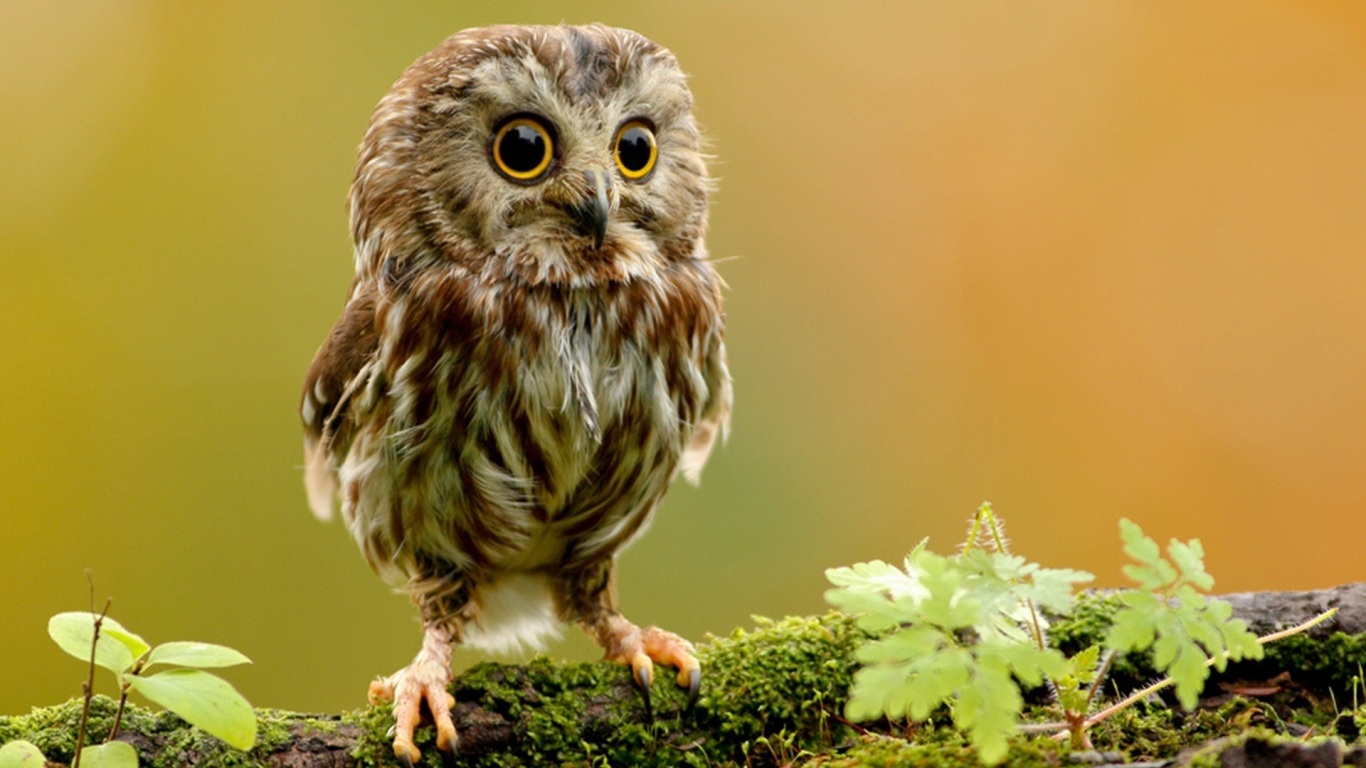
THE ASSIOLO
This rapacious lives normally solitary, sometimes in small groups. The Assiolo is a bird active mainly at night with an activity profile of two phases. The main point of his activity reached its peak before midnight. Between 0 and 2 is activated mostly a pause phase. At sunset or shortly after the owl ends its pause phase, at first light he retires into his shelter always well protected and spends the day usually no particular movement. Frequent pauses cleaning interrupt this rest period; were observed, albeit rarely, real sunbathing or sand bath. The reconnaissance flight is direct and almost noiselessly. It stands out in a clear manner from that of the pygmy owl, which it is held instead in the form of a wave. In situations of threat the Assiolo takes a great height, camouflaging. In this position it remains motionless for a long time, letting the potential enemy approaching. Only when it is very close soars, changing place and in summary immediately posture camouflage. If no possibility of escape, the Assiolo shows a variety of aggressive attitudes, like blowing, to beat the beak or stare asynchronously, that may result in direct attacks with claws and beak. Singing of the Assiolo is unmistakable: it is a "djü" o "chiù"(which earned him the same name) not particularly strong, a bit nasal and almost always monosyllabic almost like a probe, which often it is repeated for hours with a range that goes from two to 3.5 seconds. Sometimes the main note is preceded an initial sound, so that the reference appears bisyllabic. The call of the midwife toad on the contrary seems to be a "ü" without modulation and seems clearer. It looks vaguely rang the animal herd. Because the Assiolo moves his head while singing, it is difficult to locate according to his calls. The activity of singing begins just after sunset and ends at dawn; after midnight activity recall clearly decreases for an hour or two. Females and males often sing in duet, the female called intonation with a little higher and a little less regularly than the male. In case of adverse especially near the caves you can be affected by the bill, in a unique manner typical of owls. The Assiolo is primarily a hunter insects. The cicadas, grasshoppers and beetles are among its prey prevalent. In addition also it feeds on earthworms. Among their prey it is only to a lesser extent birds and toads and rarely hunt rats and other small mammals. The prey is caught the eye from a low position and rammed earth. Only rarely hunt during the flight or ground. It is not yet known how hunting technique attacks the birds.
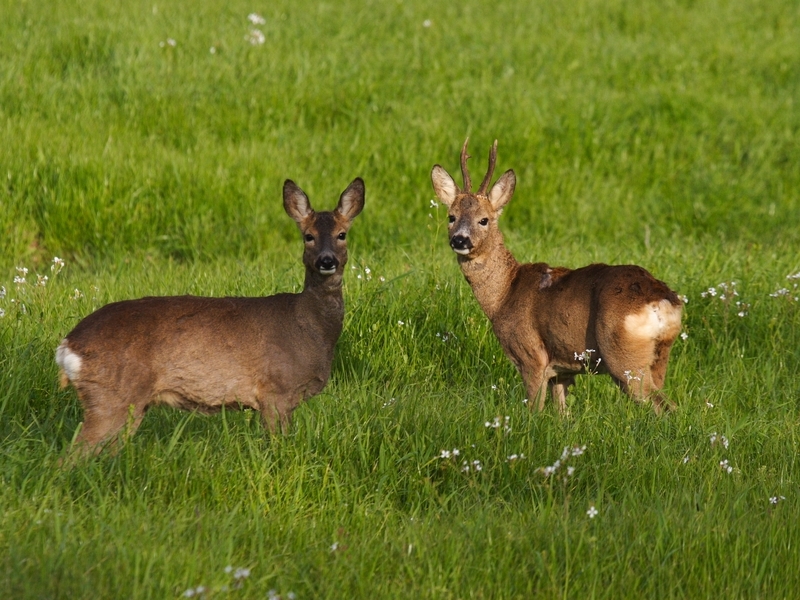
THE ROEBUCK
The deer is widespread in open woods where the undergrowth is thick and they are interspersed with meadows and bushy areas, both in plain (even where it is grown and also where agriculture is intensive provided are thickets of refuge), both in the hills, in the mountains, both in wetlands. The roebuck is a small, cloaked fawn in summer. The throat and ventral parts and the perianal region, called anal mirror, are white. The tail is very short and does not emerge from the surface, even if the female is a tuft of hair that covers the female organ. The male has small stages (this term are indicated the horns of the deer) with only three bits; these fall each year (October to December) and grow back in late winter. The stages are made up of a cartilage substance and, once fallen, the antlers are prey to other animals that eat it. A Roebuck is between 90 and 130 cm long, and the shoulder is high between 55 and 77 cm. It weighs approximately between 10 and 27 kg. In the period from late spring to early summer (May-June) females give birth normally, 2 small of Roebuck, rarely one or three, from the characteristic brown coat thickly spotted. Very often, the females leave the puppy hiding in the tall grass, while they roam the neighborhood in search of food. The mating season runs from mid-July to late August and courtship consists of a series of pursuits by the male against female. Gestation lasts about 9 and a half months; In fact, the egg, once fertilized, it is implanted in the womb, but remains dormant until December, when it starts to develop. With the arrival of autumn, then, however, males gather in herds of females and often occupy a place in the bottom of the hierarchy. The Young reach sexual maturity after the first year of life is about 14 months old. It can reach a maximum age of 12-18 years.
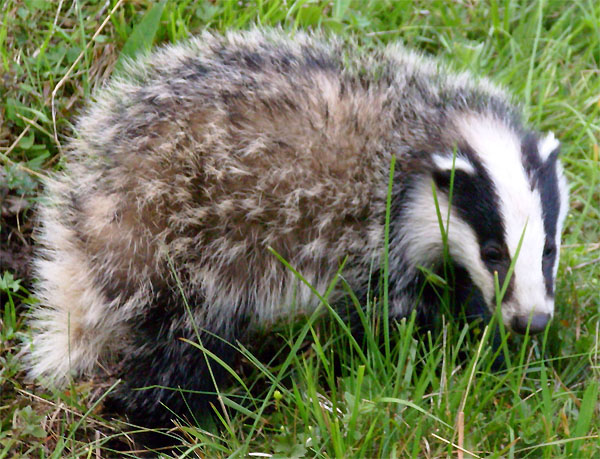
THE BADGER
The badger is an wingman animal who lives in family groups within large holes with complicated tunnels, underground chambers and multiple entrances. These complex burrows may be used by more 'generations of rates that make additions and changes. The rates collect ground cover material (mainly grass, hay and leaves) in the "bedroom" sometimes bringing the outdoors in the early morning. Around the holes are areas prepared for the game. The borders of the territory of a group are marked by holes that are used as latrines. The rates, generally nocturnal, coming out of their holes at dusk. Cheerful animals, young people and adults play together thus reinforcing social ties are very important for animals that live in groups. The feed rates of large quantities of earthworms and small animals, but also of bulbs and fruits, being omnivorous. They mate in the summer when the social activity is more intense but the generation of fertilized eggs starts later to ensure that the birth rate (2 – 4 small of rate) to take place in spring.
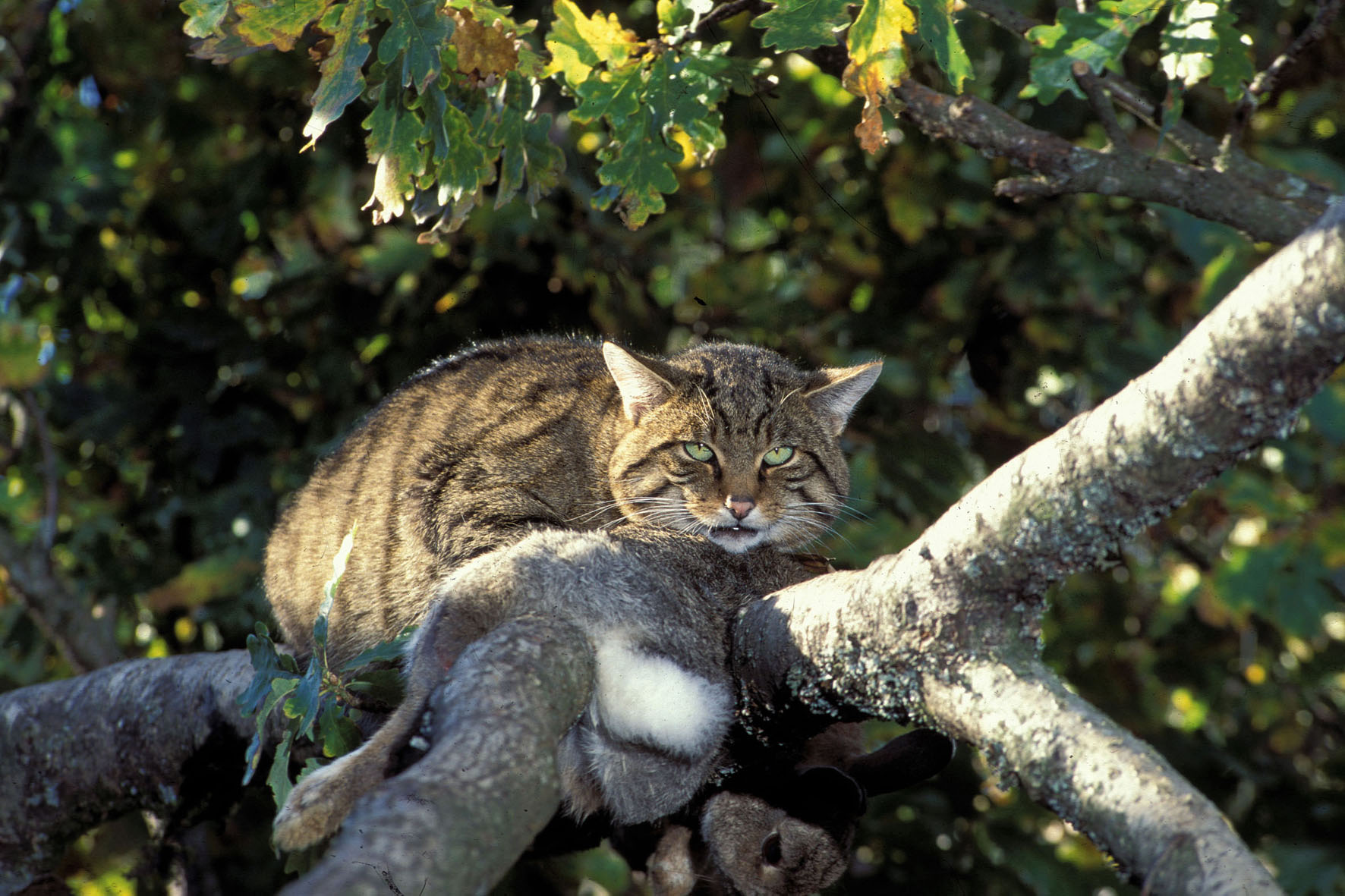
THE WILDCAT
The wild cat resembles in many aspects of morphology, the domestic cat. Although domesticated breeds show a great variety of shapes and colors, the wild species is varying in color from light yellow to brown with stripes or black spots. The underparts are light gray and are sometimes marked by black spots. Were spotted also melanic specimens (completely blacks), but it is probably the result of cross-breeding with domestic cats. The wildcat measure 36.5 to 80 cm in length, to which must be added other 21-45 cm tail. The height of the shoulder is 25-45 cm. The weight varies considerably, since the smaller subspecies can weigh less than 1.6 kg and larger ones reach 13 kg, though still few specimens that are greater than 8 kg. Almost all the specimens, however, weigh between 3 and 6 kg. The wildcat is extremely wary of man and always try to not get close to populated areas. It is a solitary creature and each animal defends its own territory from 1.5 to 12 km², depending on the local environment. Males tend to have wider territories than females, and their range overlaps with that of three to six females nearby. Wild cats of both sexes mark their territories by depositing faeces in places exposed and releasing markings odorous urine spraying, rubbing his cheeks and scraping the ground. The wildcat is essentially carnivorous; insects and plants make up only a small part of his diet. The preferred prey of the Wildcat are small mammals, particularly rodents and rabbits, lizards and birds. It is, however, an opportunistic predator, which in many cases was also seen devouring amphibians, fish, and even small deer. Wildcats breed generally only once a year, although it may be brought forth a second litter if all components of the first die.
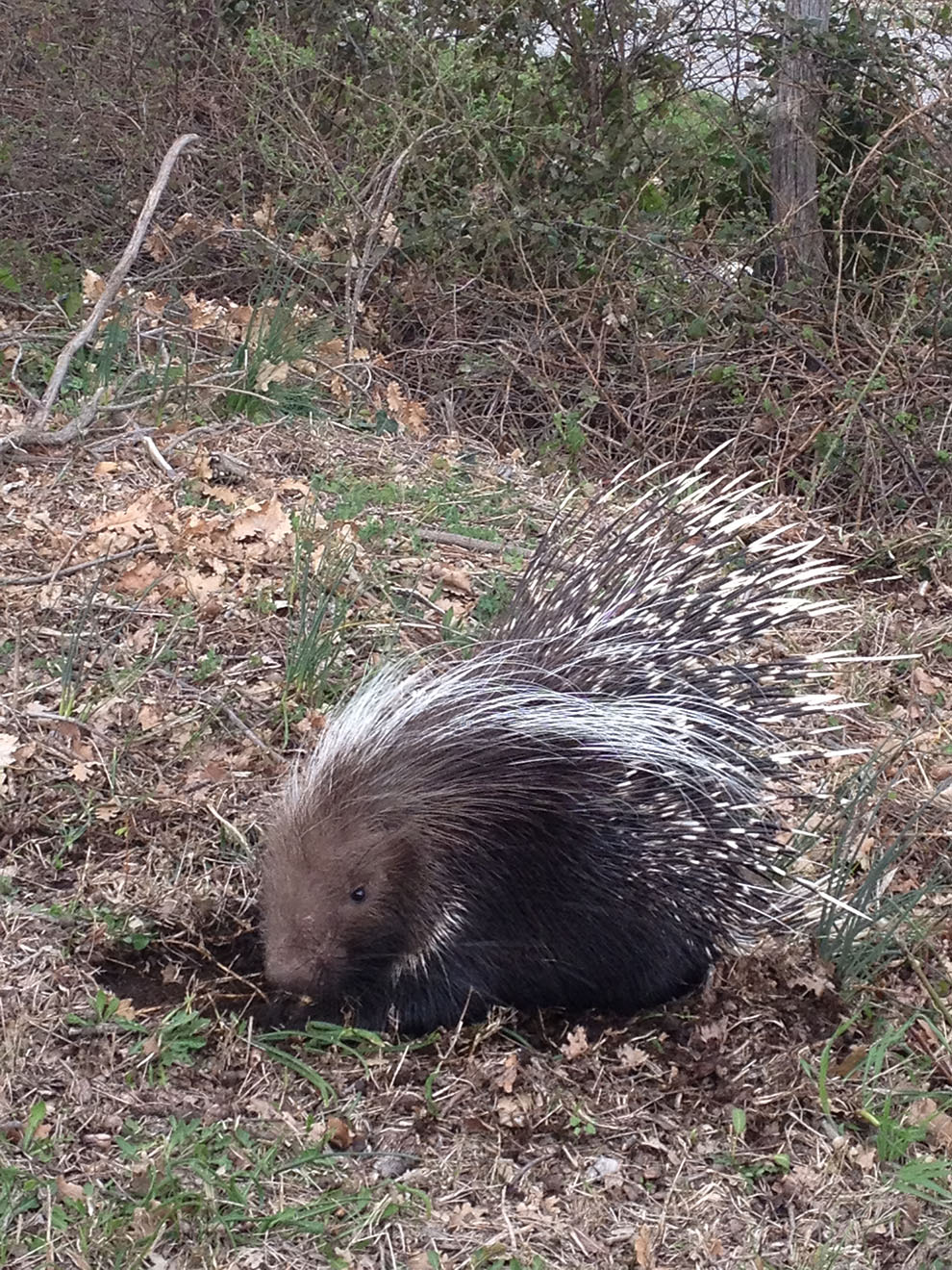
THE HEDGEHOG
The hedgehog or porcupine has an average length of 60-82 cm, has a long tail 8-17 cm and weighs 13 to 30 kg. The hair is bristly and blackish on the body, while the head is light brown and the throat is a white crescent-shaped band. The head is large and rounded snout, with small eyes and blacks equally small ears and long whiskers. That which most characterizes the animal is the presence on the back of a quantity of quills, which are nothing more than modified hairs: they are about twenty centimeters long each on the back and up to 35 cm on the sides, alternately streaked with white and black, and thanks to muscles piloerettori and furriers are dysfunctions. Tail on the animal also has other hairs cables shaped goblet, which uses as a rattle to warn potential attackers. Of head and neck, however, the animal has no spines but only bristly white hairs places like erectile crest, so that an attacker can easily be deceived when the animal hairs and bristles simultaneously spines. Popular belief has it that the porcupine is able to throw their quills, but this is not true. The spines can be removed in order to pierce the opponent and when it happens that authorizes them for defense, some of them come off due to the contraction of muscles. These animals are mainly nocturnal habits and very shy, so much so that during a full moon carefully avoid exercise areas open, where they could be spotted with ease: they rest during the day in crevices of rocks or in burrows which they dig into the ground thanks to the robust claws of the front paws, or getting occupying shelters other animals. During the winter, when the climate is harsh, the animal does not come out from his den, but the species is not used to go into hibernation. When the animal is frightened or excited, halyard while the quills and the hair of the head, giving the impression of being much larger and more robust than it actually is; being the spines attached rather loosely to the root, they remain stuck in the skin of an attacker. If the threat persists porcupine begins to pound loudly feet on the ground and waving its tail armed with spines to rattle, if finally cornered, charging the aggressor, with outcomes or death. The stinger has in fact a slightly serrated structure, which makes it difficult and painful extraction, in particular for animals lacking opposable thumb, so that often are forced to break the spines stuck into the skin, with the possible risk of infections. These animals are primarily herbivores feed mainly on tubers and bulbs, they get digging in the soil with strong legs column, but not too proud to gnaw even soft bark, fallen fruit on the ground and, although very sporadically, insects. Near areas planted with potatoes or corn, often these animals are given at night to plunder. The Hedgehog is also greedy grape, which makes bellyfuls filling his mouth with bunches lower or fallen and fermenting the grapes and risucchiandone without removing the stalk from the plant. The breeding season is limited to the warm period, although captive specimens can breed throughout the year, if weather conditions remain consistent. The estrous cycle of the female lasts about 35 days and four months gestation, after which it is given birth to a unique cucciolo.In captivity can live up to 21 years.
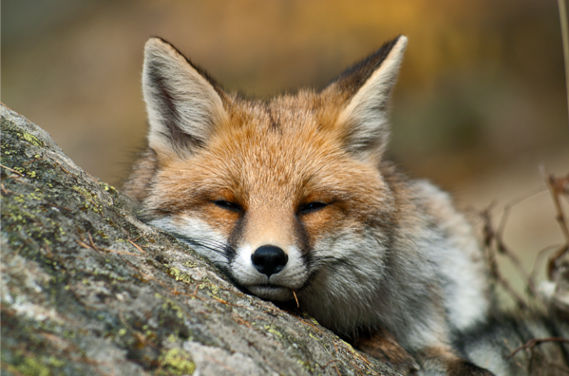
THE FOX
Foxes are small Canidae with a pointed snout, skull light and rather flat, large ears and very hairy tail. Their size to a total body length of 72-100 cm, a tail length of 25-35 cm and a weight of 9-10 kg. The coat is mostly orange-reddish. They have a varied diet consisting of small ungulates, rabbits, hares, rodents and birds, but also invertebrates like beetles, grasshoppers and earthworms. They were also seen foxes intent to fish wallowing in shallow ponds. When in season, 90% of the diet can consist of blackberries, apples and various wild fruits. Foxes breed once a year. The number of pups is normally from 1 to 6 for litter; depending on the environment.

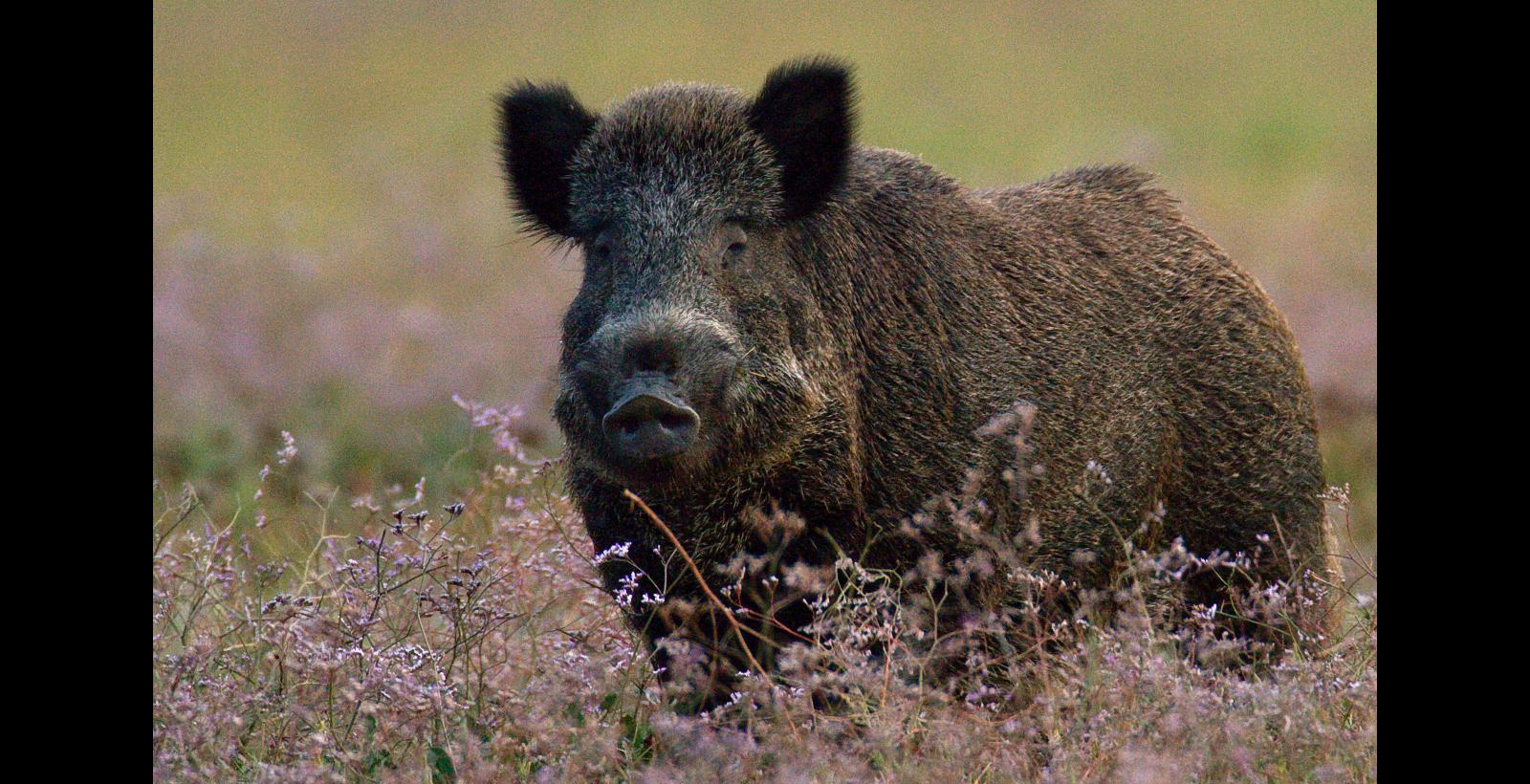



FIND US ON AND
AND 